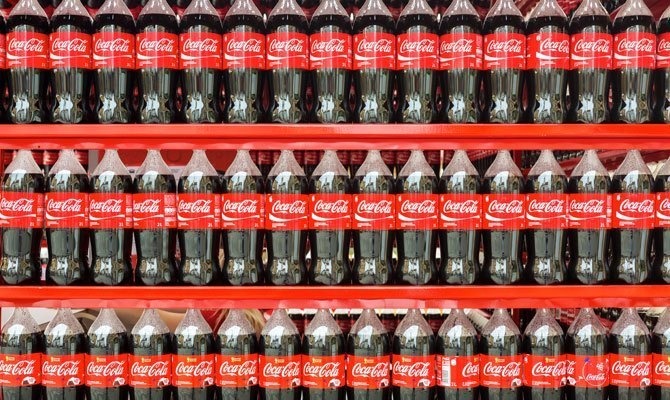How Big Business Saves Water
This is one in a series of stories; visit The Daily Meal Special Report: Water for more.
In this era of concern (real or PR-driven) for sustainability, corporations across the globe are trying to figure out not only how to reduce their negative environmental impact, but how they can make themselves look better for it. Thus, the Water Footprint Network was founded, along with other organizations and committees dedicated to cracking down on one of the industry's biggest environmental drains: Water.
The Coca-Cola Company alone uses almost 80 billion gallons of water annually — that's about 7 gallons of water for every gallon of Coca-Cola product sold. However, like many of their peers, the company has initiated a water stewardship program in which they track and attempt to reduce or neutralize water use, waste, and general impact. As of the company's 2013 report, they have already reduced total water use by 21.4 percent since 2004 — a rate of about 2.4 percent a year. In order to counteract their "water footprint," Coca-Cola has come up with creative ways to give back to the communities from which their water comes; the company has been replenishing fresh water supplies in the areas around their international bottling plants. They hope to be "water neutral" by 2020, a goal that would mean leaving a community with as much if not more fresh, potable water than they had access to without the plant.
Other consumer goods behemoths giving their water footprints a makeover include PepsiCo, Nestlé, Kellogg's, and General Mills (a previous version of this report included Kraft Foods, but since their merger with Heinz, their quest for sustainability has surprisingly disappeared). Most major corporations have made some adjustments to their packaging and distribution practices, but some have gone beyond the mechanics and put systems in place to balance their water consumption with water contribution. A few have made larger dents than others, but the battle has only just begun.
Of these giants, General Mills, has had the least success, reducing water usage per metric ton of food produced by just 11 percent since 2005 — but that's still an improvement, and one they've achieved by reengineering their manufacturing processes to include a water recycling system that was largely responsible for the reduction. They were able to reuse 75 percent of the water used in cooling processes for their canned goods in 2013, taking advantage of the ever-expanding list of greywater practices. In 2015, General Mills released a further report, in which it outlined its desire to help fuel sustainability research in watersheds where their plants are located — a goal that is on track to be met by the stated deadline of 2025. Kellogg's, on the other hand, has seen a recent uptick in water usage, which it attributes to their recent purchase of Pringles. Its 2015 sustainability report notes that without including Pringles factories, they still have a 10 percent reduction from 2005 levels — but crucially, water usage has actually increased since 2013. It shows that, despite progress, Kellogg's still has much work to do to reach their stated goal of a 20 percent reduction from 2005 levels. That might be a particularly tricky mission, since the report cites reworked recipes and mixes for their products as the main source of their success.
PepsiCo has seen huge success in this endeavor, garnering both the 2012 Stockholm Industry Water Award and the U.S. Water Prize after achieving their goal of reducing water efficiency (amount of water used per corresponding amount of product produced) by 20 percent over their 2006 numbers (a rate of 4 percent per year), as well as establishing productive community involvement practices in water-poor areas of the world. Nestlé takes a similar people-focused stance in their 2015 sustainability report. They outline the progress they've already made in increasing water efficiency by 41 percent since 2005, matching their goal for 2015, as well as their intention to "Establish and implement detailed guidelines on human rights to water." They, like many major manufacturers, are starting to take the human element into consideration when it comes to supplying and maintaining their facilities.
These numbers sound very encouraging indeed, but it is important to remember that we have a long way to go. Less than one percent of the water on Earth is fit for human consumption, and Americans use the most water per capita every day. The sustainability movement has given us a precious gift: not the philosophical idea of conservation, but rather a tangible incentive for major corporations to behave responsibly. These stewardship programs, high-class galas, and international summits have changed the way that big-ticket investors think about choosing teams, as well as any trickle-down reputational messages that make it to the masses. Sustainability is what the cool kids do now, and that, more than numbers buried in fiscal year breakdowns, is what gives this movement a fighting chance.
